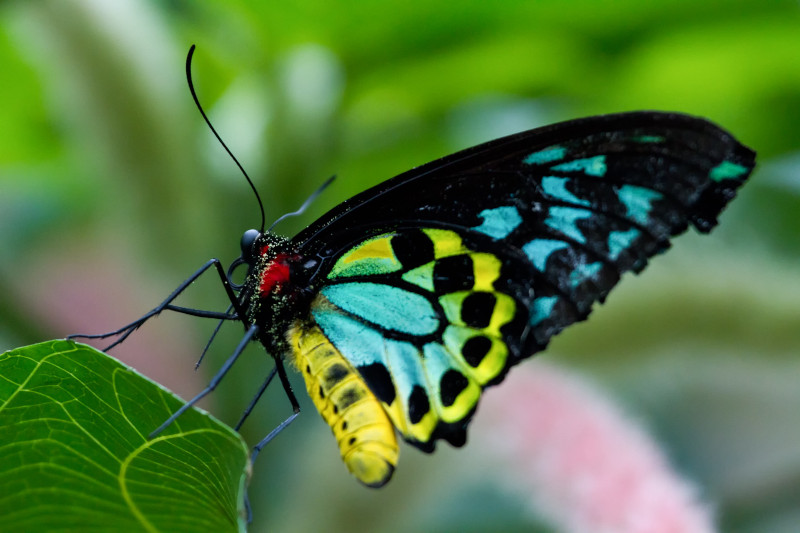
Cairns Birdwing Facts
- This gorgeous variety of Lepidoptera remains best known by the common name of the Cairns Birdwing across most of its native range. Yet, the gorgeous insect does have a few other general titles. These include such terms as the northern birdwing and Cooktown birdwing.
- Within the scientific community, however, it’s perhaps more often referred to by its entirely technical tag. Unfortunately, as often holds true in such things, that’s an extremely difficult one for the layperson to pronounce. It holds the formal epithet Ornithoptera euphorion.
- This marvel of Nature received this hard to utter official moniker due to the efforts of George Robert Gray. The respected English zoologist accomplished the first acknowledgement of it as a separate and distinct species. He managed that scientifically noteworthy feat in the year 1852.
- In addition to its amazing beauty, the creation of evolution stands out from its many relatives for one specific reason. That’s because it ranks as the largest variety of butterfly endemic to the region of the globe where it evolved. That alone earns the creature a spot of great merit.
- Fortunately, the amazing Cairns Birdwing appears to be maintaining a population base that’s both stable and sufficient. That pleasant state also seems to hold true across the entirety of its range. The IUCN thus now shows it as Least Concern on its Red List of Threatned Species.
- The wonder of evolution nonetheless faces the same potential threats to its continued existence as a species as all forms of life on earth do today. Most of these dangers stem from the actions of man. They include the related perils of habitat loss and ongoing climate change.
Related Articles
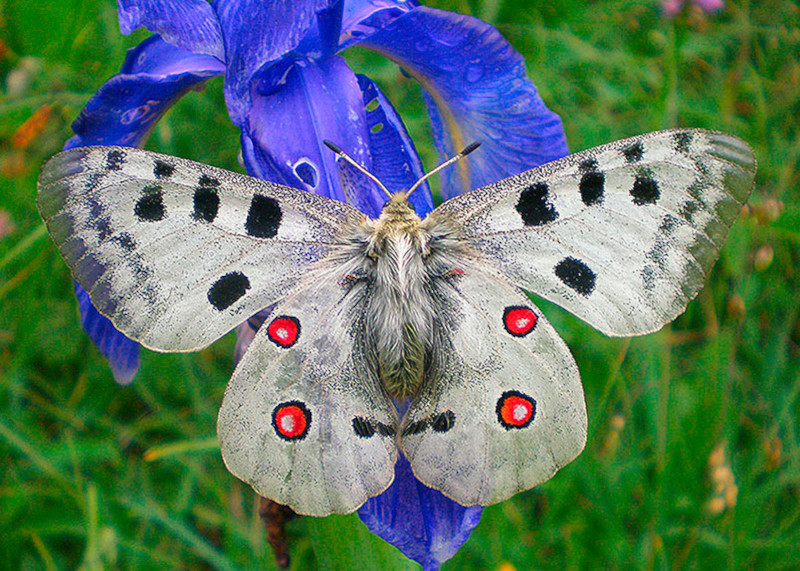
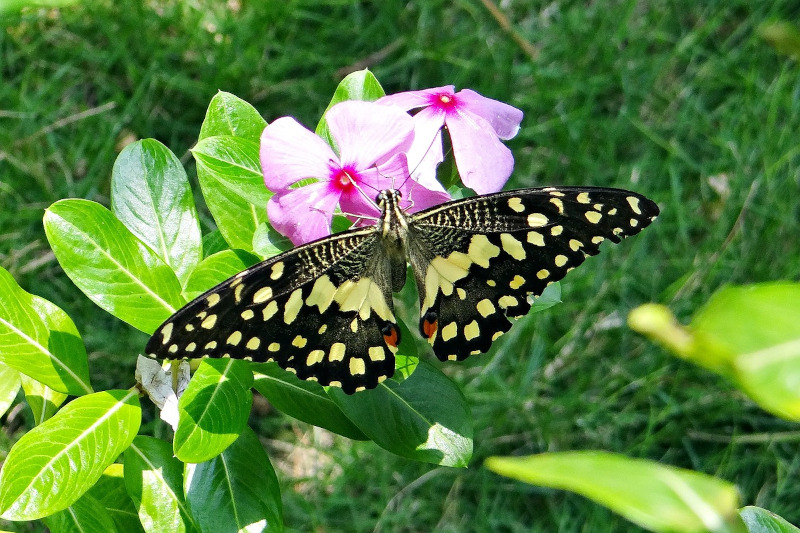
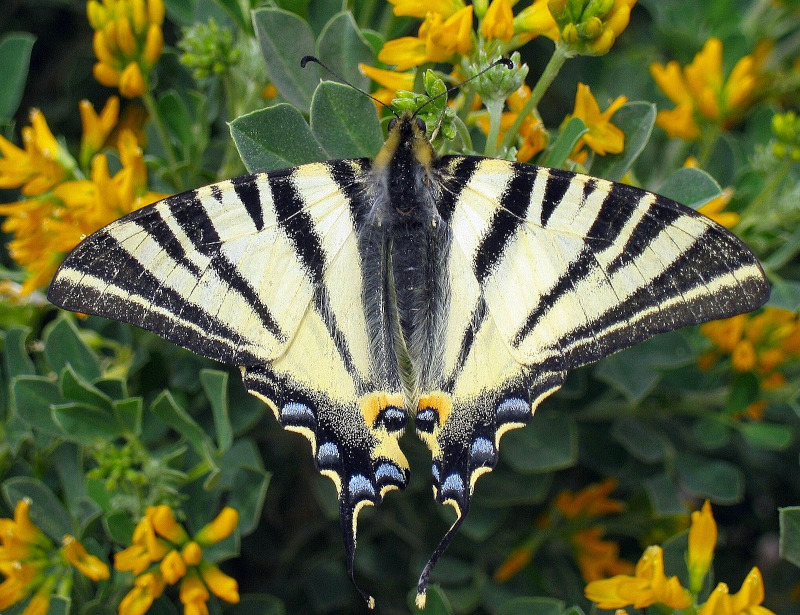
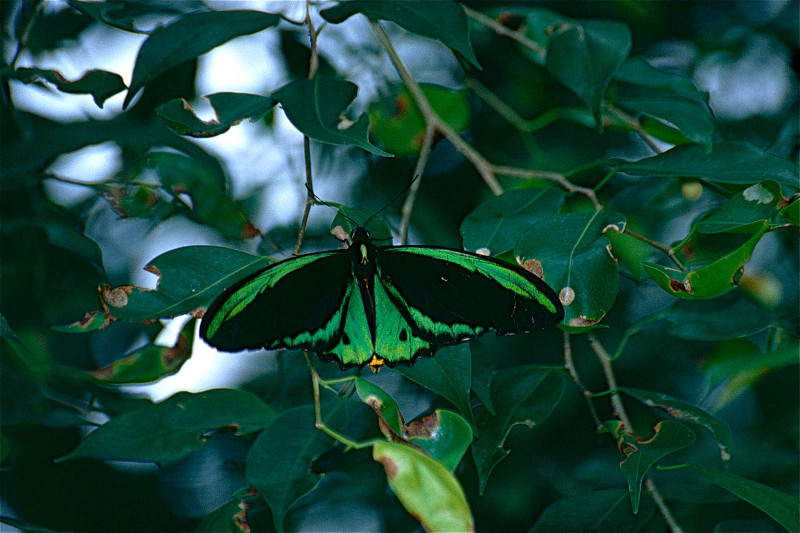
Cairns Birdwing Physical Description
The mesmerizing Cairns Birdwing almost immediately captivates those individuals lucky enough to spot one of these marvels of Nature, principally due to its beauty. Yet, it also does so for other reasons, too. That’s true since the wonder also ranks as a larger than average variety of butterfly.
Like so many of its relatives around the world, though, it follows a well-established pattern in this regard. That’s displayed in the fact that it shows a certain degree of the physiological characteristic of sexual dimorphism. In its case, this trait manifests in the females being larger than males.
Females of the species sometimes develop a wingspan measuring up to an impressive 6.3 in (16 cm). The males, however, usually only reach a measurent in this category of about 5.1 in (13 cm). Though exceptional specimens occur, most actually remain slightly smaller than this measurement.
The body of the awesome invertebrate itself also draws some note among its observers. This presents a comparatively robust shape. It’s also covered in a dense layeer of hair. This typically presents as either a dark brown or black in coloring. It’s abdomen is short compared to wingspan.
But, like most butterflies, it’s the dazzling wings of the Cairns Birdwing that typically receive the most attention. These magnificent structures never fail to draw the eye. Both males and females of this marvel of Nature evolved quite vividly colored wings with a predominantly black coloration.
Differences do sometimes occur here, though. The forewings of males feature bright emerald green, while females manifest slightly larger patches of emerald green with broader black margins. Yet, the hindwings of both sexes present as predominantly black with lighter green or yellow markings.
- Kingdom: Animalia
- Phylum: Arthropoda
- Class: Insecta
- Order: Lepidoptera
- Family: Papilionidae
- Genus: Ornithoptera
- Species: O. euphorion

Cairns Birdwing Distribution, Habitat, and Ecology
The fabulous Cairns Birdwing evolved as endemic to only a very small portion of the surface of the earth. Just how small, and restricted, that zone of habitation actually qualifies as might surprise some of you, along with its location. The insect’s only native to a small section of Australia.
Even there, though, the ethereal Arthropod only inhabits a very miniscule portion of the continent. That area of habitation roughly extends from about Mount Webb and Cooktown to Mackay in Queensland. It’s also known to be present around the city of Cairns, hence its common name.
Given the nature of its range, this amazing product of evolution displays decidedly strong, clear, and understandable preferences regarding its choice of habitat type. The insect’s thus mainly found in regions consisting of comparatively lush, humid environments, with abundant vegetation.
This consists of relatively dense rainforest canopies where it succeeds in locating shelter, food sources, and suitable breeding conditions. Even within the confines of these regions, it’s very specific, however. Here, the butterfly spends the majority of its time flying around in the canopies.
The presence of suitable host plants also remains quite crucial for the Cairns Birdwing. The caterpillars feed exclusively on certain species of Aristolochia, which contain toxic compounds. These chemicals are sequestered by the caterpillars, thereby making them unpalatable to predators.
The adults, meanwhile, go a completely different route for their own diet. These examples consume the sweet nectar of a very wide range of different plants sharing their territory. Given the toxic compounds in their system from their youth, the adults have few predators of their own, however.
Species Sharing Its Range
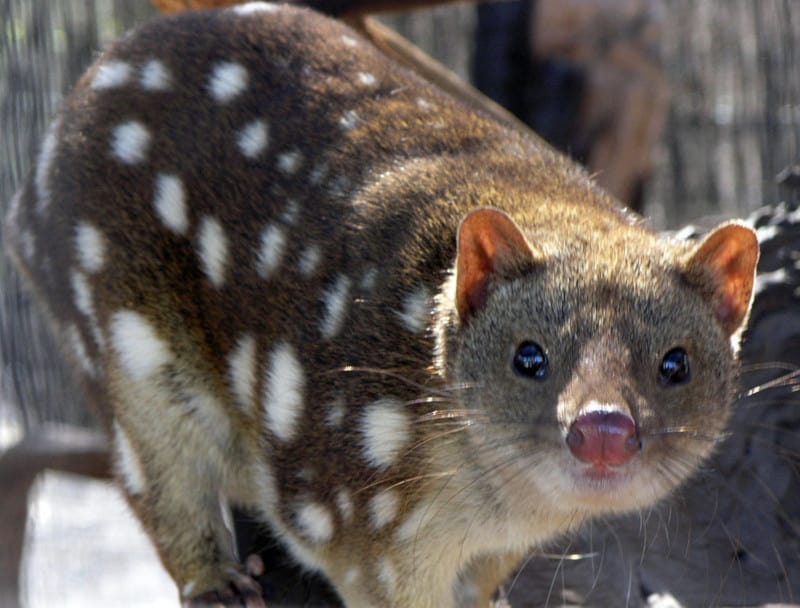
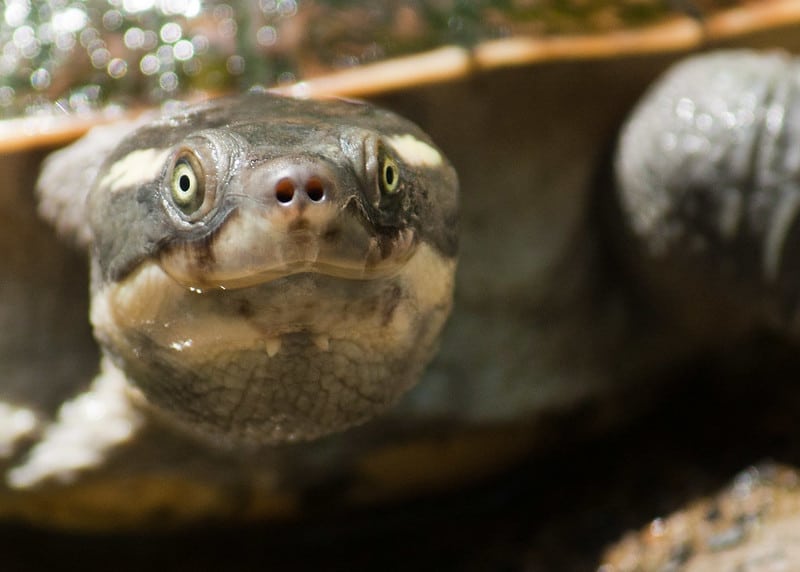
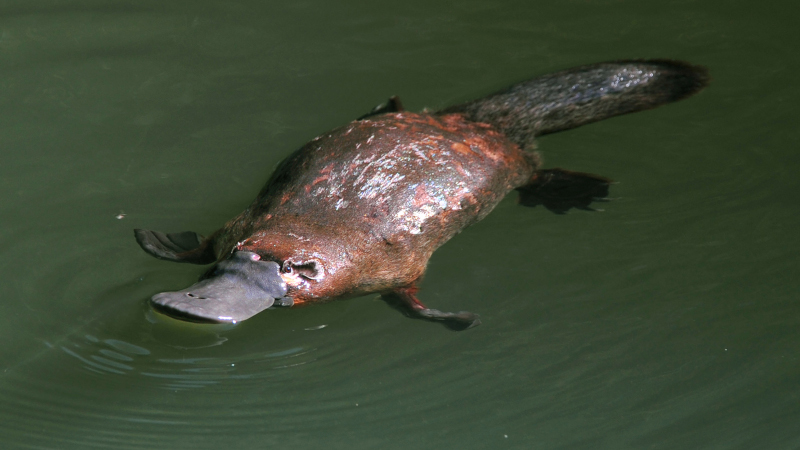
Check out our other articles on 4 Intriguing New Zealand Insects, Southern Elephant Seal, Millaa Millaa Falls, Axolotl, Common Water Hyacinth, Spiny Butterfly Ray, Philippine sailfin lizard









Leave a Reply